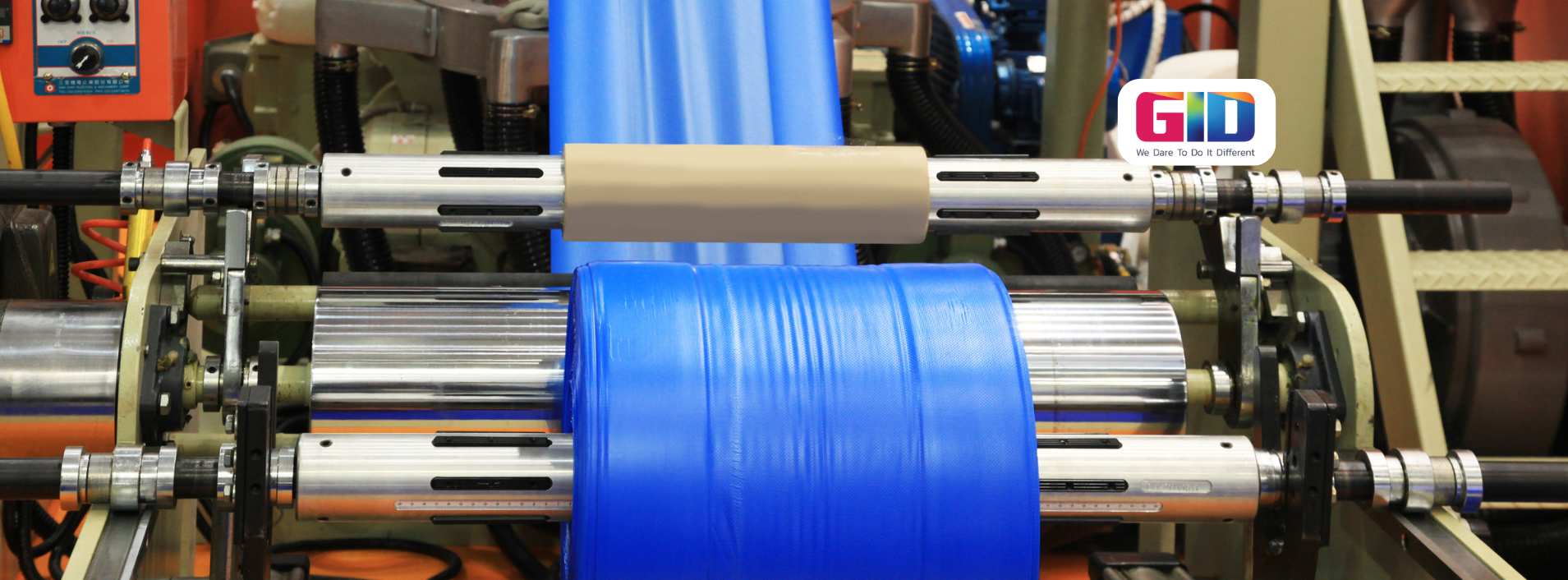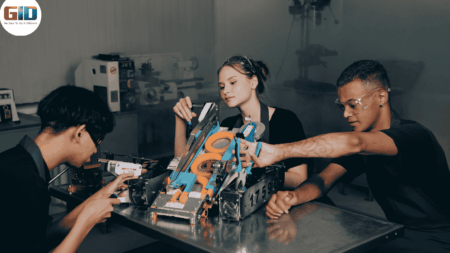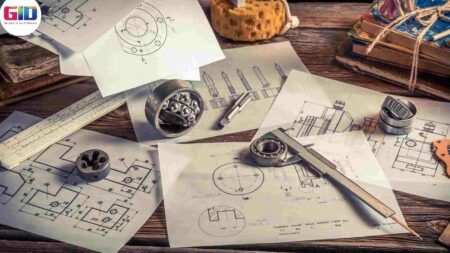Top Plastic Product Manufacturing Tips for Choosing the Best Company
If you are dealing in plastic products or parts, then you don’t need to manufacture those parts or products on your own. You can hire a plastic product manufacturing company to design and develop custom plastic parts for the optimum functioning of your business. There are product development companies in the United States and beyond the borders of the United States to help inventors and businesses with what they require and how much they require.
However, not all product manufacturing companies are reliable and professional when it comes to manufacturing plastic products from scratch. It will be in your favor if you choose a plastic product manufacturer with adequate experience, workforce, and technology to transform your idea into a money-making product. Here are a few tips to help you find a plastic product manufacturing company that will fulfill your budding plastic parts demand.
If you are a startup, then you should focus on the type of materials the company uses. Every product development company is different from each other, similarly not all plastic product manufacturers are going to make use of all types of raw materials to develop plastic products.
Some manufacturing companies may possess expertise in creating plastic products using raw materials such as polyurethanes, whereas others may prefer polyethylene terephthalate, polyamides (nylon), polyvinyl chloride, etc. to develop new products. Every raw material has its characteristics, each suitable for a specific purpose; hence, partner with a company that can recommend and handle the specific plastic material that you want for your parts or products.
Some plastic product development companies offer additional services to help inventors. The supplementary services can help you overcome any unwanted product development blunders. Some product manufacturing companies may also assist with rapid prototyping to help you test the feasibility of the concept. Partnering with such a versatile product development company can be worthwhile for you.
Finding the right product development company for plastic products involves understanding key plastic product manufacturing tips. Start by researching companies with a proven track record in plastic product development. Key plastic product manufacturing tips include assessing their expertise in the specific type of plastic and their ability to handle complex designs.
Evaluate their technological capabilities and previous project successes to ensure they align with your needs. Additionally, reviewing client testimonials can provide insights into their reliability and service quality. By following these plastic product manufacturing tips, you can select a development company that meets your requirements and supports the successful realization of your product.
To choose the best product development company for plastic products, it’s essential to follow specific plastic product manufacturing tips. Look for companies with extensive experience and expertise in plastic product manufacturing.
Key plastic product manufacturing tips include evaluating their capabilities in handling various plastic types and their proficiency with complex designs. Additionally, assess their technological resources and review past projects to ensure they meet your quality standards. By adhering to these plastic product manufacturing tips, you can identify a development partner that will effectively bring your plastic product vision to life.
You can also follow our blog to stay updated with the latest trends related to product design and development. To learn more about GID Company, Get In Touch. Also, go through our official YouTube channel. Feel free to Contact Us or call us at +1714-323-1052.
You May Also Like :
- How will you find a Top Notch Product Manufacturing Company in the USA?
- Look for These Characteristics before You Hire a Plastic Product Manufacturer
- Plastic Product Manufacturing – The Importance of Thermoplastic Materials
- Plastic Product Manufacturing – Tips to Find The Right Plastic Product Manufacturer for Your Business

















